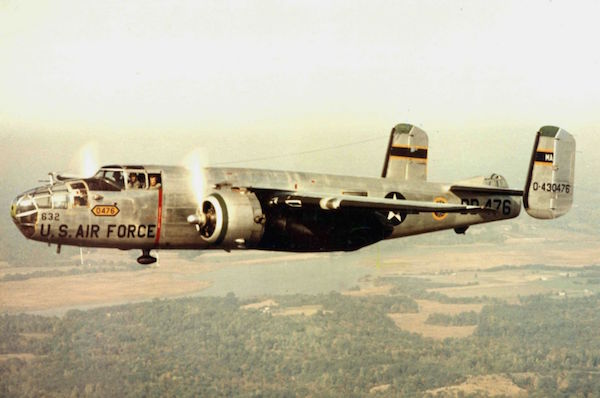
What is a Cargo Plane?
Otherwise known as a freighter or cargo jet, a cargo airplane is an aircraft that is strictly used for the transportation of air cargo rather than passengers.
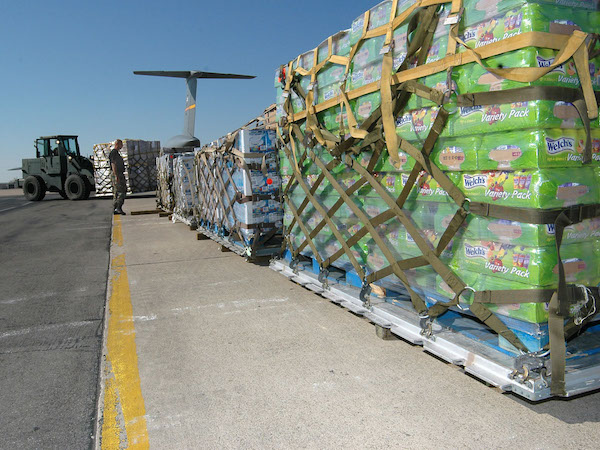
How to tell the Difference between a Passenger Aircraft and a Cargo Aircraft:
- Cargo planes generally have much larger doors for loading and unloading cargo
- Cargo planes have a taller and wider fuselage cross-section
- Cargo planes have a higher wing to allow cargo to sit near the ground
- Occasionally, cargo planes will have more wheels than a passenger aircraft so it can land in unprepared locations
- Cargo planes have a higher-mounted tail to allow cargo to be driven directly into and off of the aircraft
How does Air Cargo Shipping Work?
The process of the “door-to-door” air cargo process starts with what we call the shipper. The shipper is the person or company that is responsible for shipping the goods, physically and administratively. Some of the time, but not always, the shipper is also the customer of the forwarder. The customer can also be the consignee or a third party that has ordered goods stored at the shipper’s location.
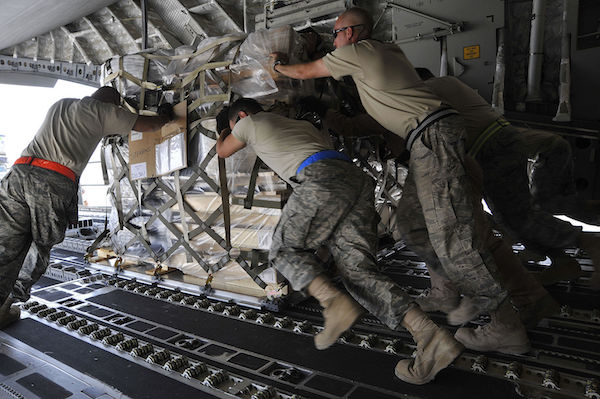
Next, delivery terms need to be established between all parties involved. This can include a buy, owner of the goods, a seller, transport company, forwarder, maintenance company, or a distributer. For security reasons today, the shipper is often required to be a “known shipper” for the forwarder.
The customer will then request a freight quote at one or more forwarders. The shipper is then responsible for the efficient assembly of the shipment. This includes volume, weight, and packaging in order to get the best prices for the shipment as well as avoiding all types of damage to goods.
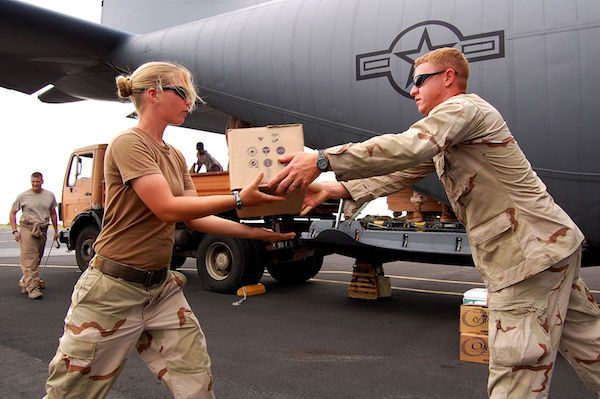
The goods must then be correctly packed, labeled and with the right documents for forwarding and road transport. After the load is transported, the forwarder will give the shipper a proof of acceptance.
When was the First Cargo Airplane Invented?
The first cargo aircraft was made in 1911 and used only to carry mail. These first aircrafts however, were not designed to transport large cargo until the mid-1920’s.
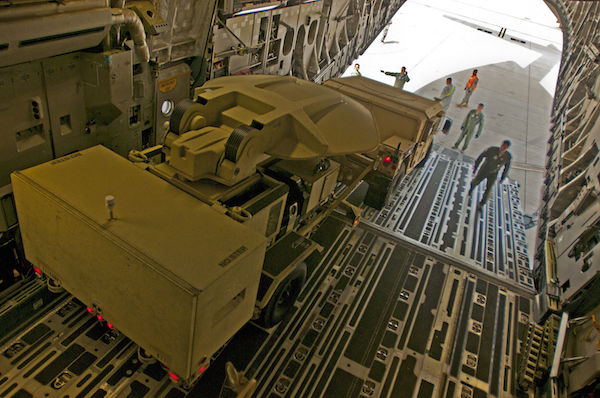
How have Cargo Airplanes Evolved?
It was in the 1920’s that the use of cargo aircraft became much more prevalent as it was needed for military purposes, including World War II. The planes were needed to transport troops as well as material in the fastest manner. During the war in 1939, cargo aircrafts with rear loading ramps were invented, which was a huge innovation for future cargo aircraft. The powerful ramps have a hydraulic lift with a stairway in the center, making loading much easier.
Cargo aircraft in postwar Europe also served a major role in the evolution of cargo and shipping, especially once the Cold War began. A massive mobilization of aircraft was used to supply Berlin residents with food and supplies in a virtual air bridge that was used constantly. This was really a true savior since the Soviet Union closed and blockaded Berlin’s borders.
After the war era was over, several new custom-built cargo planes were introduced. One example is the United States’ C-82 Packet which contained a removable cargo area. Following that aircraft was the C-123 Provider that introduced the upswept tail to allow for a significantly larger rear loading ramp which is still commonly used today.
Today, because of new safety and noise requirements, most cargo aircrafts can no longer be used for both cargo and passenger transportation. Some exceptions are the Boeing 747, Canadair CL-44, and the CASA CN-235 because of a special design that contains an unobstructed main deck to keep the cargo from crushing passengers in case of an accident.
